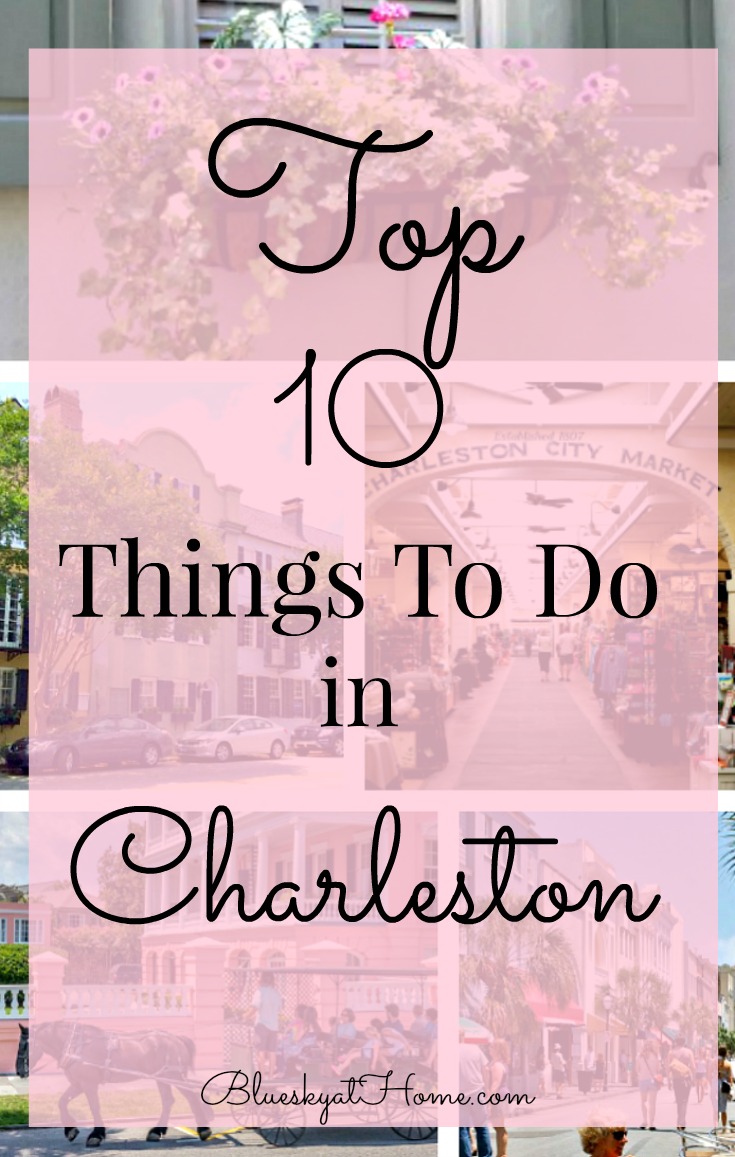Venice ~ a fairy tale city
Revisiting Venice
Thanks for letting me share with you again our magical cruise from October, 2014 and our last stop ~ the beautiful city of Venice.
After a fabulous day in Athens, we are ready for our last day at sea. We spend it playing bingo (twice!), but unfortunately, don’t win any money, but have fun anyway. After a Zumba class on the outdoor sport court, I meet Sweet Shark for lunch and an afternoon out by the pool reading and watching Mamma Mia! on the big screen. The weather is beautiful and the sea calm. We’re sailing through some of the Greek isles and around Greece, then heading north through the Adriatic Sea toward Venice, arriving about noon tomorrow. Tonight is the last formal night and and the traditional Baked Alaskan Processional. Always a cool and delicious treat from the ship’s waiters, servers, and kitchen staff.
Awaking up on our last day at sea, I head up to the sport court for one last Zumba class. It’s an amazing feeling to be dancing to the music and seeing the water go by with an open sky above you. The captain comes on the speakers to tell all the passengers about the amazing views sailing into the Venetian waters. We will be sailing up the Canale della Guidecca with the island of Guidecca on our port side and Venice on our starboard side. Supposedly, this will never happen again, as in 2015, cruise ships will not be allowed to enter the Venetian port through this path. We have a quick lunch by the pool and with most of the other 3500 passengers we jockey for a spot on the rails as our entrance to Venice begins.

After first passing low buildings which definitely have an old world feeling and some green spaces, we get close to San Mark’s Square; we can see the Dome of St. Mark’s Basicilia and the Campanile, the bell tower. As we get closer, the opening to St. Mark’s Square comes into view, with its two columns which were placed there as the official entrance to Venice. We can also see the crowds milling around the piers where the water taxis and ferries transport passengers (mostly tourists) around the islands of Venice. Palazzos, which were once the homes of Venice’s wealthy ruling families and are now luxury hotels, line the main walkway. We pass the entrance to the Grand Canal. It’s really a magical moment, and if it’s your first time coming to Venice, like it is mine, I can’t think of a better way to view Venice for the first time.
You can tell by the map that Venice is shaped like a fish, which is appropriate, given its reliance on and history with the water. And, as we discover, its cuisine, too.
After we dock at the pier, we board a small ferry boat to San Marco, the main island. We retrace our ride into Venice and get a closer look at the buildings along the water’s edge. It really looks like they are sitting right on the water’s surface. There are no skyscrapers, no cars; except for the sound of the ferry’s engine, it feels like time stopped three hundred years ago. Our ferry pulls into a slot on pier and we follow our guide as we walk on the “street” over a couple of bridges, passing hotels that were once palazzos, and into St. Mark’s Square, passing the two columns that stand as the entrance to Venice, and, where we learn, prisoners were displayed for humiliation, and sometimes death. We walk by the Campanile, the 325-foot the bell tower, built over a thousand years ago, which collapsed in 1902 without warning. The current bell tower is a replica that opened in 1912.

Once again, the crowds are huge, and we’re glad that we opted for this tour at the last minute. St. Mark’s Square is very large, more a rectangle than a square, surround on three sides by three story stately arcades and one side by St. Mark’s Basilica. We learn that it often floods at high tide. Above the entrance, we can see the replicas of the four bronze horses; the originals were the spoils of war taken in victory from Constantinople after the 4th crusade. We meet our guide for the afternoon, Susan, who is actually from England; she came here to study art history when she was in university, fell in love with Venice and never left. We enter the basilica, stepping over a large step there to keep out the waters that rise at high tide and are immediately struck by the beauty and serenity of the church. Mosaics – 43,000 square feet – are everywhere on the floors and walls to the ceilings.


Susan leads us out of the Basilica and around the side toward the water and into the Doge’s Palace, the home of Venice’s ruler and the seat of government for centuries until the Venetian Republic ceased to exist in 1779 when Napoleon dominated northern Italy. Elected for life by a series of councils controlled by the ruling families of Venice, the Doge was sometimes a very powerful positions and sometimes a puppet in the hands of those who elected him. The palace of Venetian and Gothic construction is built of white limestone and pink marble, giving it an illusion of lightness favored by classic Venetian design. Huge reception rooms, rooms for council meetings, private quarters, and courtrooms are all decorated with large paintings of past doges and religious and political scenes. We then head into the underground prison where those convicted of treason, heresy, or other trumped up charges were held. The famous Casanova once a prisoner, but he escaped and fled to continue his romantic escapades. The stone walls of the prison are thick, the metal bars on windows thick, the heavy wooden doors thick, and little light comes into the cells that might house a dozen men. Not a pleasant place to be. We walk through the enclosed Bridge of Sighs, connecting the prison to the inquisition rooms, named by the sighs of condemned prisoners. Today, it refers to the sighs exclaimed by lovers promised eternal love if they kiss under the bridge in a gondola at sunset.


Susan leads us over more bridges, which all have many steps to rise above the canals below, through some narrow streets, until we arrive at a showroom and store for Murano glass. We watch as a glass blower demonstrates how the famous glass of Venice has been made since 1291. The actual factory is on Murano Island, moved there to protect the city’s wood buildings from potential fire. We shop and buy and beautiful Christmas ornament – a lovely blue and white ball – and two champagne glasses.

Our tour is over for the day and we walk back to the pier, board the ferry back the ship for our last night aboard Regal Princess. Dinner and packing is on the agenda. It’s been an amazing cruise. We can’t say enough about the service, the food, the accommodations, and, of course, the itinerary. Tomorrow we disembark and will spend the day and evening in Venice all on our own. It will be sad to leave the ship (many people are staying aboard for the trip back west in the Mediterranean and then on to Ft. Lauderdale), but we can’t wait to explore Venice. Lord Byron said that Venice is “a fairy city of the heart”; I believe him.




